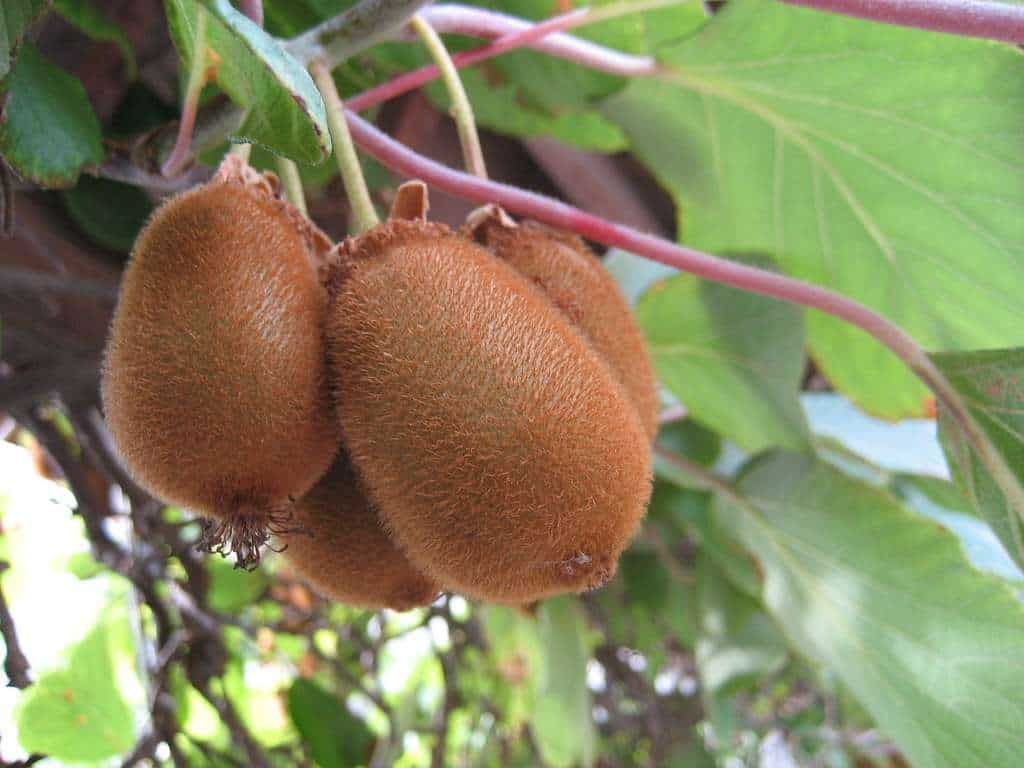Strawberries are a delicious and nutritious fruit that can be grown easily in your own backyard. Not only are they a tasty addition to any garden, but they also provide a wealth of health benefits, including high levels of vitamin C, antioxidants, and fiber. In this article, we’ll provide you with the essential steps to grow strawberries, from choosing the right variety to harvesting your fruit.
How to Grow Strawberries

Choose the Right Variety: The first step in growing strawberries is to select the right variety. There are two main types of strawberries: June-bearing and everbearing. June-bearing varieties produce a single large crop in late spring or early summer, while everbearing strawberries produce a smaller crop in early summer and another in the fall. When choosing a variety, consider your climate, soil type, and available space. Popular June-bearing varieties include Chandler, Earliglow, and Allstar, while popular everbearing varieties include Seascape, Tribute, and Ozark Beauty.
Prepare the Soil: Strawberries prefer well-drained soil that is rich in organic matter. Before planting, prepare your soil by removing any weeds and incorporating organic matter, such as compost or aged manure. A pH level of 5.5–6.5 is ideal for strawberries, so adjust your soil as necessary. If your soil is heavy clay, consider planting in raised beds to improve drainage.
Plant Your Strawberries: Strawberries can be grown from seed, but most gardeners prefer to purchase plants from a nursery or online. When planting, make sure to space your plants 12–18 inches apart, and plant them in a location that receives at least 6 hours of sun per day. Dig a hole that is slightly larger than the root ball of the plant, and backfill with soil, gently pressing down to remove any air pockets. Water your plants thoroughly after planting.
Water and Fertilize: Strawberries require consistent moisture, especially during their fruiting period. Water your plants deeply once a week, or more frequently during hot, dry weather. To keep your plants healthy and productive, fertilize them every 4–6 weeks with a balanced fertilizer, such as a 10–10-10 or 12–12-12 formula. Be sure to follow the instructions on the label, and avoid over-fertilizing, which can lead to excessive foliage growth and poor fruit development.
Control Weeds and Pests: Weeds can compete with your strawberry plants for nutrients and water, so it’s important to keep them under control. Regular weeding, mulching, or using a pre-emergent herbicide can help prevent weed growth. Additionally, strawberries are vulnerable to a number of pests, including slugs, aphids, and spider mites. Check your plants regularly for signs of infestation, and take action if necessary. Natural pest control methods include introducing beneficial insects, such as ladybugs and lacewings, or using insecticidal soap or neem oil.
Harvest Your Fruit: Depending on the variety you’ve chosen, your strawberries will be ready to harvest in late spring or early summer. Pick your fruit when it is fully ripe and red, and try to avoid handling the berries too much, as this can cause damage. Harvest your fruit in the morning, when it is cool, and store it in the refrigerator or eat it fresh.
By following these steps, you can enjoy a bountiful harvest of sweet, juicy strawberries in your own backyard. With a little patience and care, you’ll be rewarded with a delicious and healthy treat that your whole family can enjoy.
Keywords: strawberries, growing strawberries, how to grow strawberries, strawberry varieties, soil preparation, planting strawberries, how to grow strawberries, grow strawberries, tips to grow strawberries, steps to grow strawberries, grow strawberries in your garden
Check out Little Tree Food Forest for articles on food forests and homesteading.
Check out StoryScapes for articles on creative writing.
Related Content
Related Content
Subscribe to our newsletter to get information delivered to your inbox on edible landscaping, growing food and medicinal plants, growing mushrooms, foraging, fermentation, food preservation, raising small livestock, and more.












2 thoughts on “How to Grow Strawberries: Tips for a Bountiful Harvest”
Comments are closed.